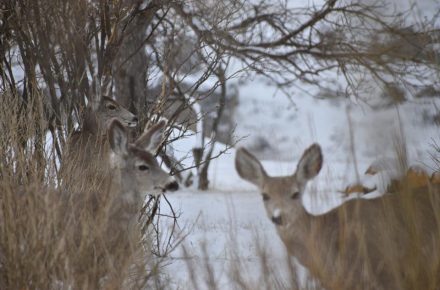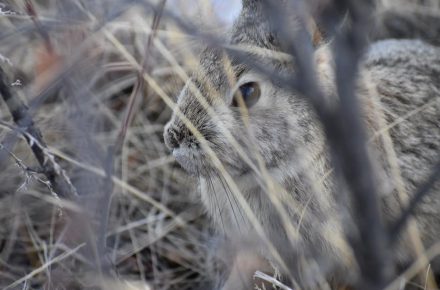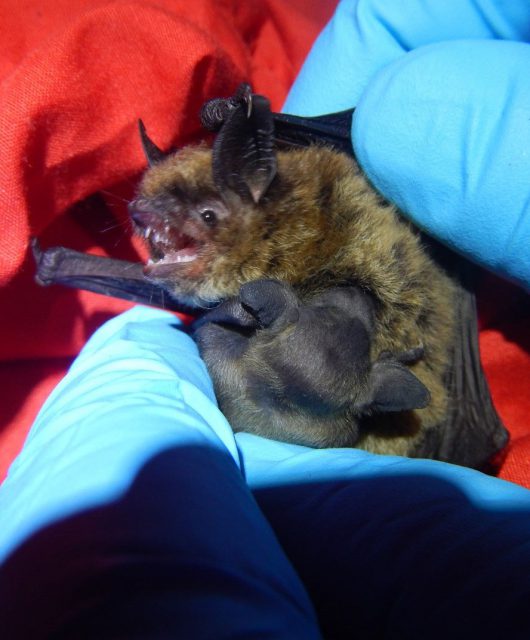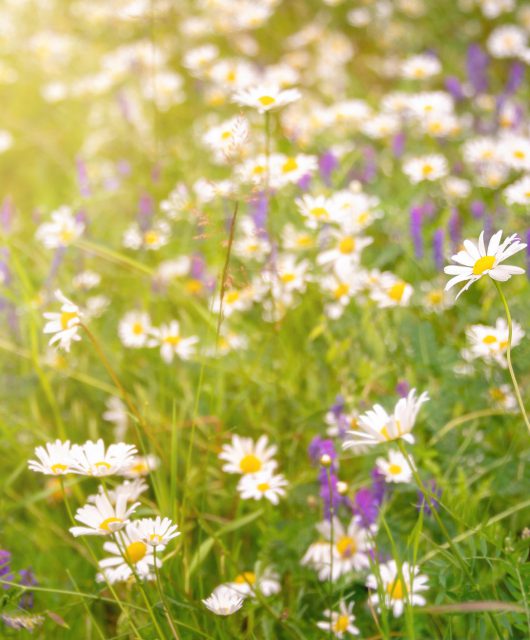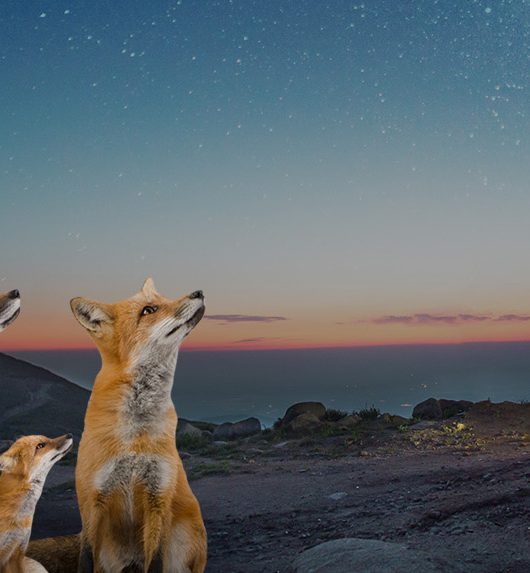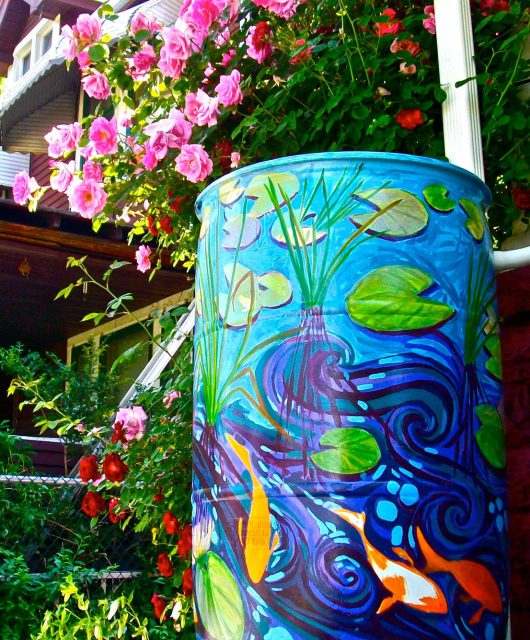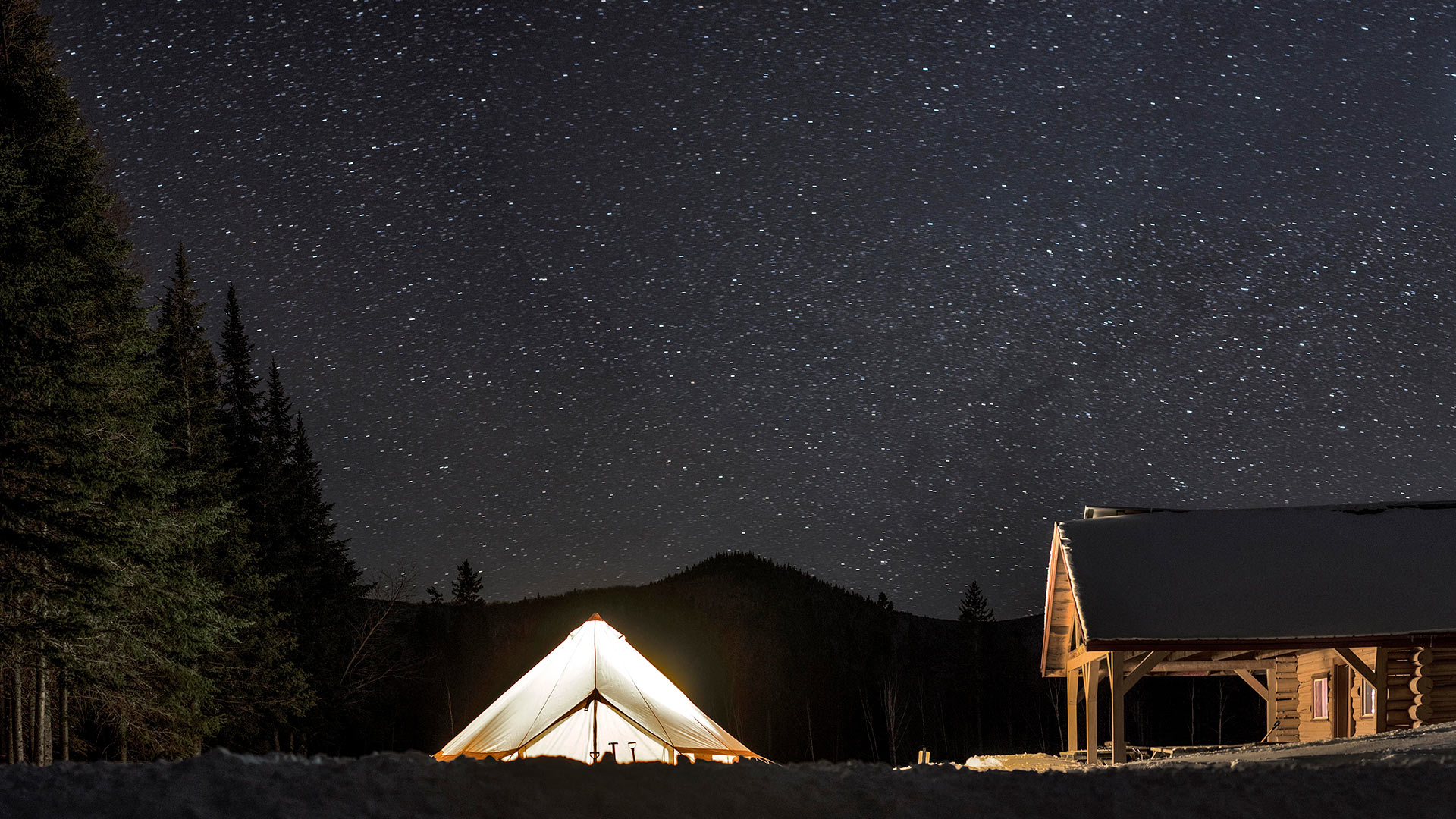Group 1 participant Grant Mask sends an update on his, Brendan Riley and Jeff Rietdyk’s experiences. They have been volunteering with Alberta Parks South Region during the field learning stage of the Canadian Conservation Corps (CCC) program.
Over the past five weeks, we have been given opportunities to assist Alberta Parks with a variety of interesting projects at Áísínai’pi/Writing-on-Stone Provincial Park in Southern Alberta.
Now that we’ve settled in and have become more familiar with the Park and staff team, I feel we’re starting to be able to contribute more as volunteers.
Some of the projects we’ve worked on include:
- Creating interpretive backpacks with educational activities for children and families
- Conducting research and writing literature reviews under the guidance of the Park Archaeologist to help inform future Parks projects
- Using GPS to map and monitor graffiti remediation sites on the petroglyphs and pictographs
- Assisting the Park Maintenance staff with the removal of beaver fence from cottonwood trees in the campground and day use area
- Participating in meetings with community members and stakeholders including property owners adjacent to the Park and members of the Blackfoot Confederacy
I’ve learned that even in the off-season, Áísínai’pi/Writing-on-Stone is still a very busy place for the small number of permanent staff who work hard to prepare the Park for the operating-season and on a variety of resource management projects.
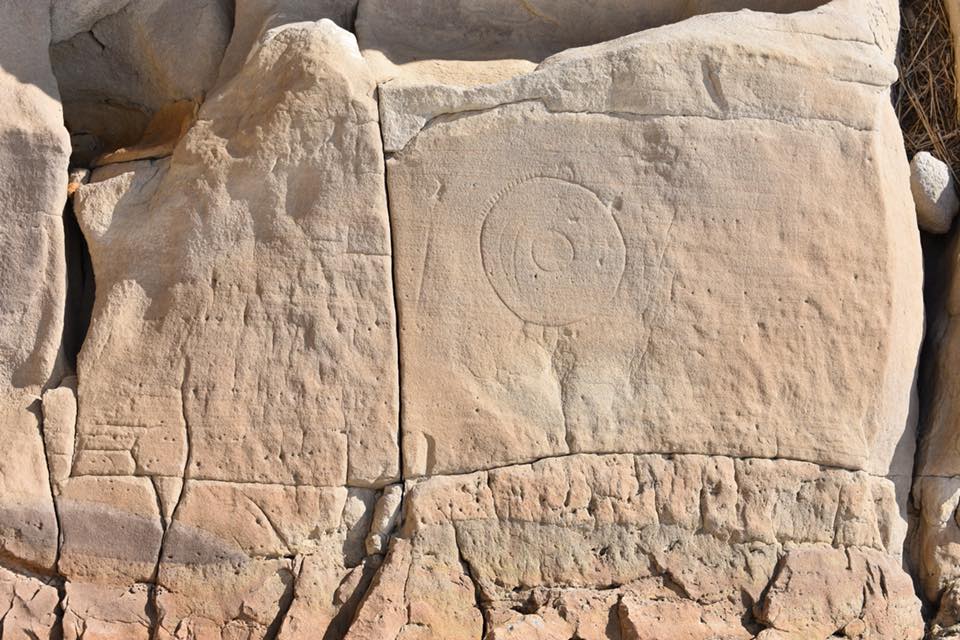
The Wild Side of the Park
While there are still relatively few members of the public visiting the Park, we have noticed an increase in wildlife and plant activity at the Park now that the temperature has (finally) started to rise again. In the Milk River area in Southern Alberta where Áísínai’pi/Writing-on-Stone is situated, we’ve spotted Great Horned Owls, Bald Eagles, Prairie Falcons, several hawk species, Western Meadowlarks (their song a welcome sign of spring), Ruffed Grouse, Ring-necked Pheasants, Mule Deer, White-tailed Deer, Pronghorn, Coyotes, White-tailed Jackrabbit and Cottontail Rabbits.
In addition, we’ve started to see life return to prickly pear cacti, and we’ll soon see the purple-blue blooms of Prairie Crocuses, the bright golden-yellow blooms of Yellow Bells, in addition to other early spring wildflower species including Low Larkspur, Saline Shootingstar, Star-flowered Solomon’s Seal, and more.
That’s just a tiny glimpse into the incredible, rich biodiversity that exists in the upper grassland areas, the coulee bottoms, the sandstone hoodoos, and riparian habitats at Áísínai’pi/Writing-on-Stone Provincial Park.
We’ve yet to encounter any Prairie Rattlesnakes. But with the warmer weather approaching quickly we’ve been informed it’s only a matter of time. Around this time of year, Prairie Rattlesnakes are beginning to leave their winter hibernacula (underground chambers below the frost-line) in preparation for their mating-season which will begin in May.
Moving On
Soon, we will be leaving Áísínai’pi/Writing-on-Stone and moving to a new staff accommodation in Beauvais Lake Provincial Park. This Park is located in Pincher Creek in the Rocky Mountain–Montane natural region. It’s is home to some of the largest Douglas Fir trees in the province, and wildlife species including Black Bear, Grizzly Bear, Elk, Moose, Eagle, Osprey and numerous songbirds.
So far, Brendan, Jeff, and I have only visited the Rocky Mountains on short weekend trips. I will miss my new home at Áísínai’pi/Writing-on-Stone. But I look forward to continuing to explore the Rocky Mountain–Montane natural region of Alberta. The Canadian Conservation Corps Group 1 Alberta Parks team has lots to look forward to in the coming weeks.
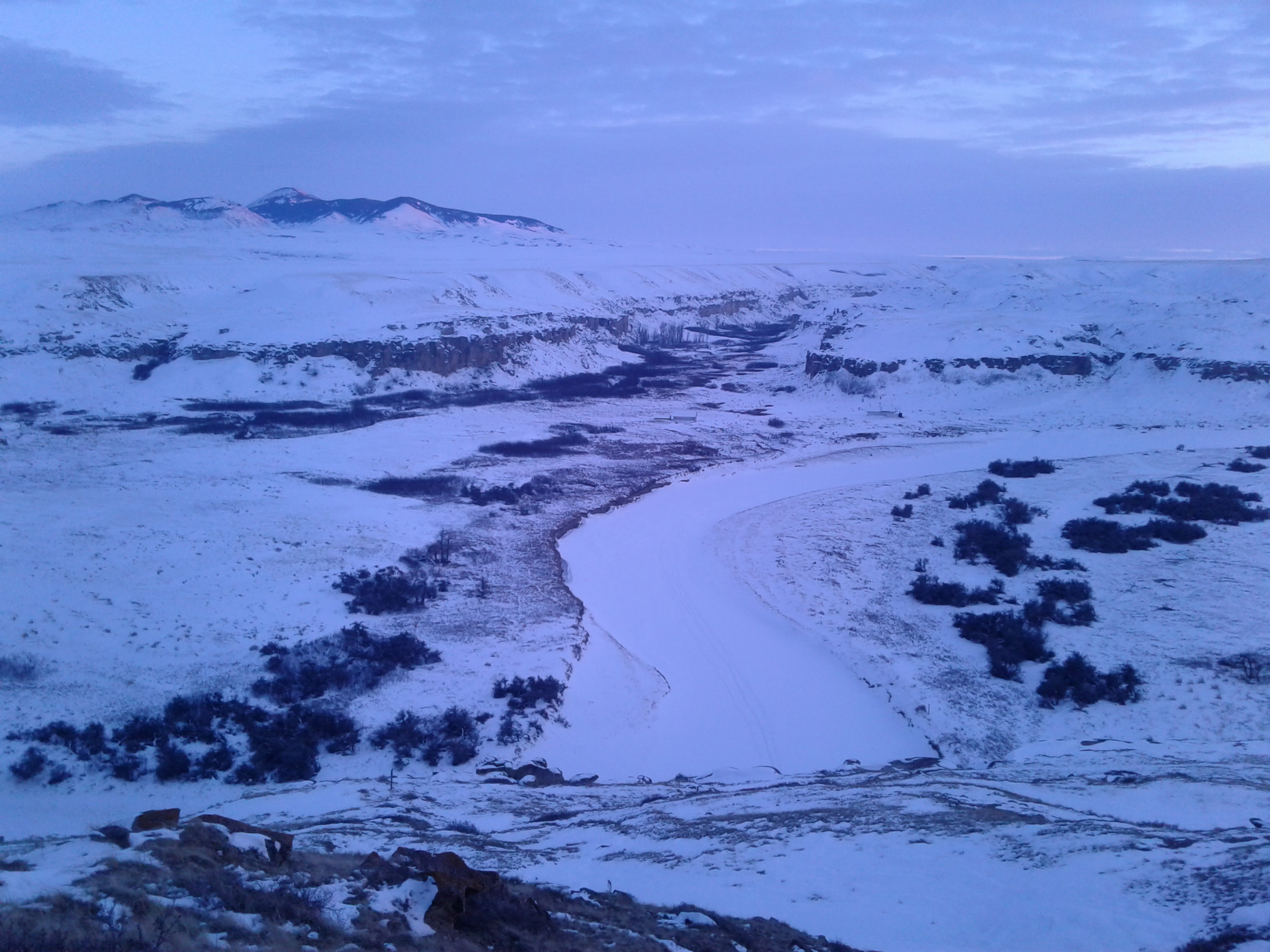
_________________________________________________________________________
#CanadianConservationCorps #CCCAdventure #LeadersToday #ABParks #Conservation #Nature #Discover #Value #Protect #GreatOutdoors

